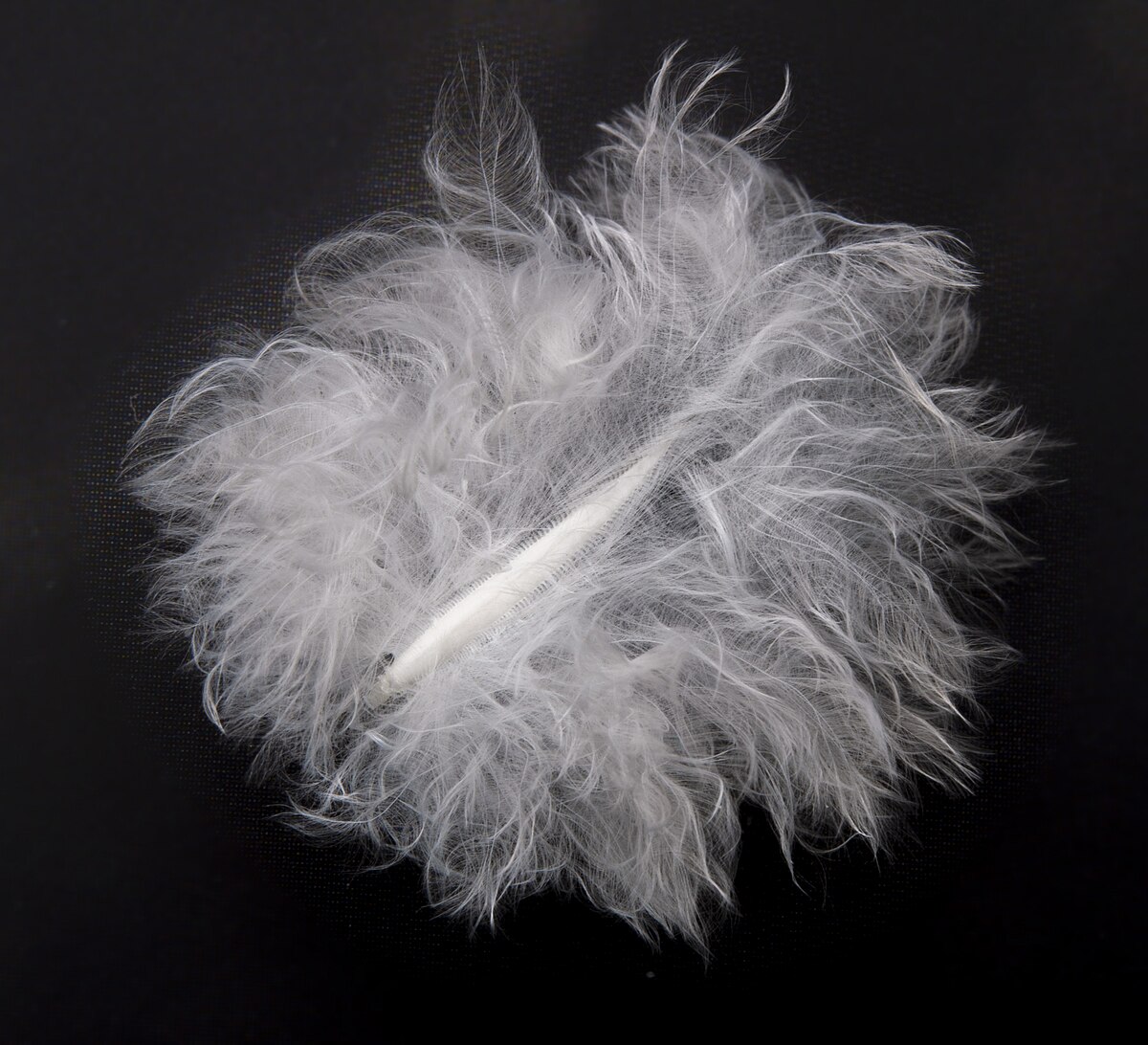Hello! My name is Carmen, I am a spanish researcher that wants to study the sense of smell in macaws. I have recently published the first report confirming that they can use the sense of smell to locate food https://doi.org/10.1111/1749-4877.12694
I have noticed that some macaw species like Ara macao have a strong sweet smell and I want to analyse the volatile composition of the preen oil. However, some colleges have told me that to take samples of preen secretion is extremely difficult because it is not like other birds that you only need to gently press the gland to obtain an oil sample.
Could you please tell me what macaw species do you have and what happens if you gently press the preen oil gland? Pictures and videos would be awesome!
Thank you
I have noticed that some macaw species like Ara macao have a strong sweet smell and I want to analyse the volatile composition of the preen oil. However, some colleges have told me that to take samples of preen secretion is extremely difficult because it is not like other birds that you only need to gently press the gland to obtain an oil sample.
Could you please tell me what macaw species do you have and what happens if you gently press the preen oil gland? Pictures and videos would be awesome!
Thank you

